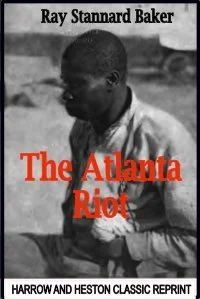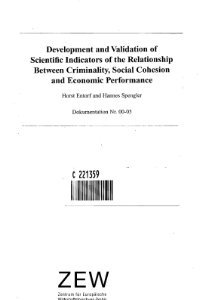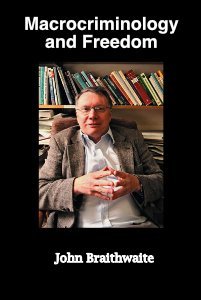By Benjamin Ferri and Lia Yin
Does inequality lead to more crime? We develop a new model that articulates how Poverty (the lower tail of the earnings distribution) and Earnings (the upper tail) enter into equilibrium crime rates. In our model, individuals in Poverty have less to lose in the context of criminal punishment, so are less averse to committing crimes in general. The presence of high Earnings (therefore things worth stealing) heightens the expected gain to offenders per crime - but specifically in terms of financial gain, not emotional gain. We estimate our model on a comprehensive panel of U.S. Commuting Zones (1980-2016), deploying novel Shift-Share instruments to correct for reverse causality (of crime on the earnings distribution). Corroborating our hypothesis, we find that high Earnings plays a much larger role in driving crimes that yield financial gain to the offender (various forms of theft) than it does for crimes of emotional gain; while Poverty is a driving force equally across both types of crime. In each case, not accounting for reverse causality would underestimate both effects, often by more than double.
Unpublished paper, 2022. 50p.








